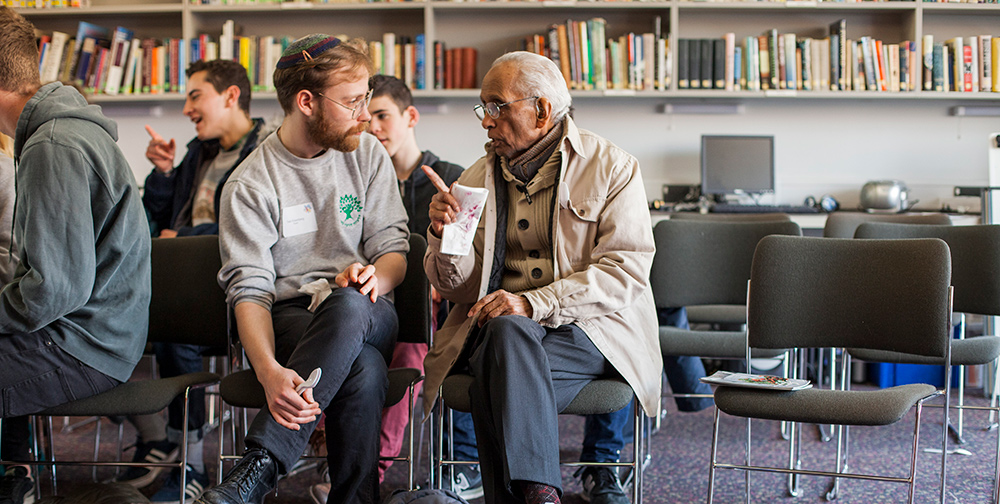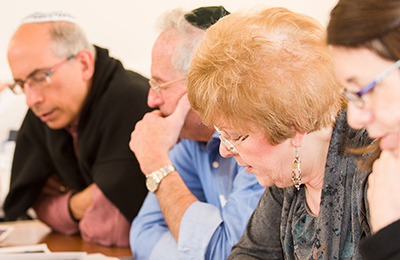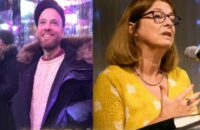Emor

Last Shabbat in Kedoshim we read from ‘the Holiness Code’, where we are given instruction to bring holiness into every aspect of our lives, both ritual and ethical. The theme continues in this week’s portion, Emor, but in a way which is rather more challenging. Kedoshim speaks to the whole community of Israel. In Emor, the focus is on the kohanim, the priests, who are set apart from the rest of the community somehow to achieve a higher level of holiness, and as such have certain extra privileges and responsibilities.
This is not the place for a discussion on how different communities of Masorti Judaism worldwide regard kohanim, nor whether a woman can be called to the Torah as a ‘bat kohen’, but it is perhaps important to know that both of these are ongoing discussions in some places. My focus, rather, is a group of more challenging verses: ‘The Eternal spoke further to Moses: Speak to Aaron and say: No man of your offspring throughout the ages who has a defect shall be qualified to offer the food of his God. No one at all who has a defect shall be qualified’¦’ Various defects are then listed, starting with ‘No man who is blind or lame, or has a limb too short or too long….’ (Vayikra 22:16-23).
We may wonder how this can follow on from last week’s portion, where we are told ‘not to insult the deaf nor put a stumbling-block before the blind’, which we know is understood both literally and symbolically. In fact this was also disturbing to the ancients, even if they were coming from a different place and time, and they addressed it in different ways. For example, the Talmud teaches that a kohen with a disability could nevertheless give the priestly blessing, particularly within his local community, where all were familiar with him. In our time there is an ever-growing body of literature, and many practical developments, which look at the challenge to be inclusive from the perspective of every section of the community. Many of us are very grateful to Rabbi Judith Z. Abrams for leading the way in looking at the sources relating to disability.
In short, this passage has been a source of discomfort throughout time, and there are many ways of trying to understand it. Clearly, while the specific issues such as those raised in the Talmud may affect relatively few people, there are some for whom it presents a real concern. However, we must extend our understanding to be concerned with the far wider issue.
Society has changed considerably, helped by changes in legislation. It is exactly 20 years since the Disability Discrimination Act was passed in this country. There still remains much to be done. It seemed particularly shocking a few years ago when parents did not feel it appropriate for a ‘disabled’ presenter to remain on a children’s programme, and the reality is that although children can sometimes be cruel, they are also the most accepting. There are so many disabilities of different sorts in society, in our communities, some visible, some not, and while we have made considerable progress, we still have much more to do.
Parashat Emor gives us an opportunity to see how this text has been understood throughout time, but also to look at how much has changed more recently, and to rededicate ourselves to doing even more. There may be a specific ritual role for ‘kohanim’, but we also remember that, as we shall read from the Torah in a couple of weeks on Shavuot, we are a ‘mamlechet kohanim’, a kingdom of priests, and we must strive to remember and live that in the most inclusive way possible.
Rabbi Amanda Golby is a member of NNLS, and has a special interest in the area of inclusivity, particularly in relation to the Jewish calendar.




